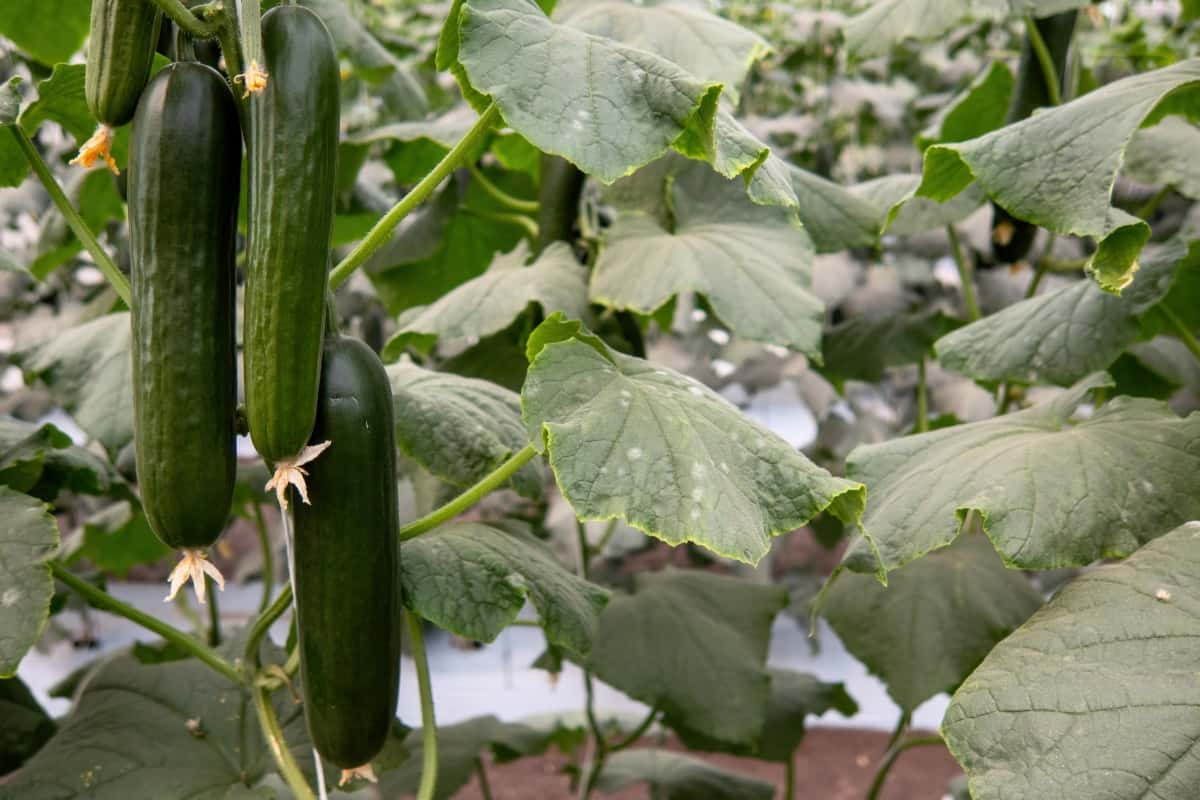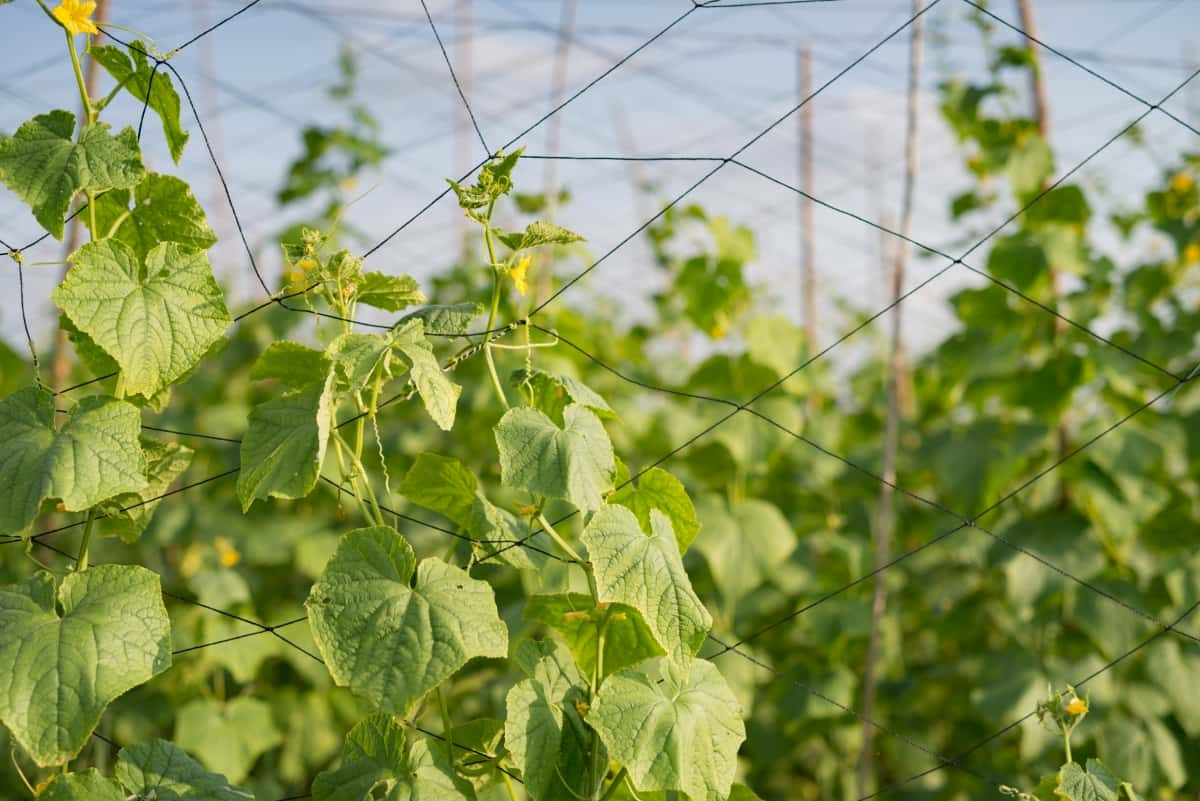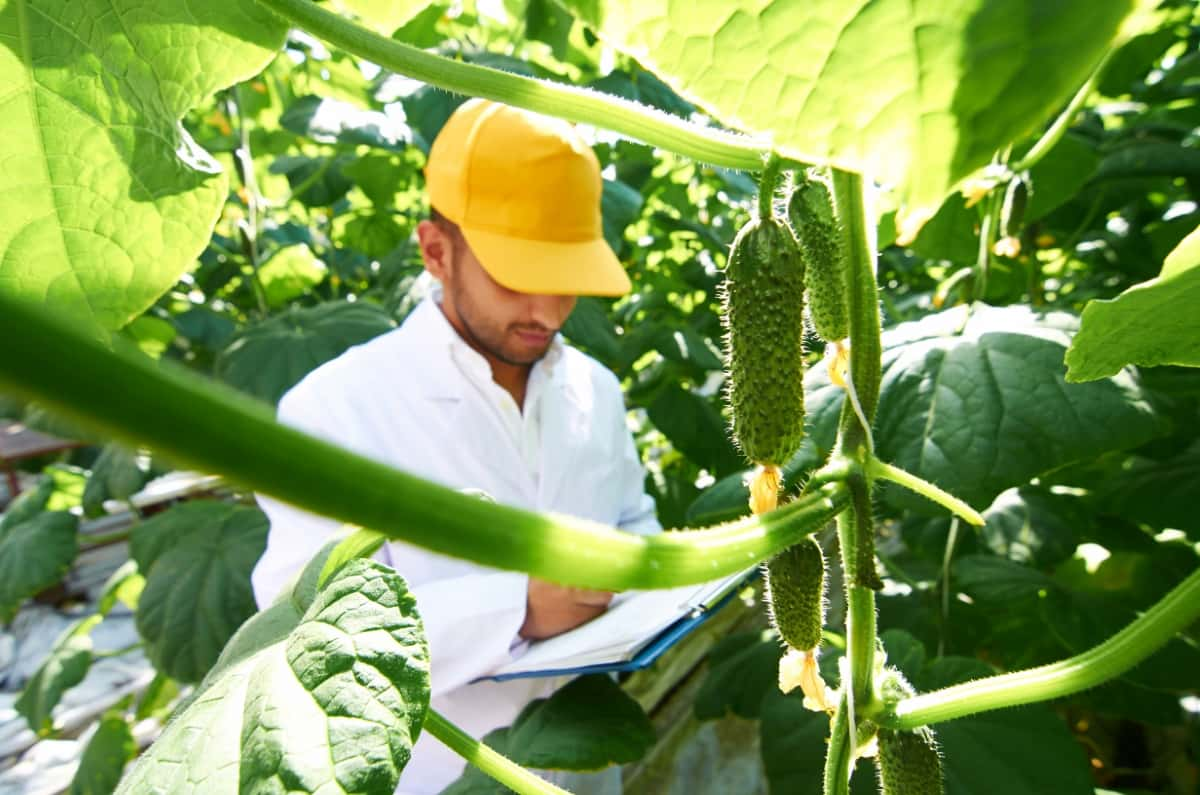Guarding your cucumber crop against fruit rot is a pivotal aspect of organic gardening. In this concise guide, we unravel the secrets to preventing cucumber fruit rot naturally. Explore eco-friendly strategies and organic treatments that serve as effective shields against this common ailment. From soil management to natural remedies, we delve into the holistic approach to preserving your cucumber harvest.

How to Prevent Cucumber Fruit Rot Naturally
Understanding Cucumber Fruit Rot
Phytophthora capsici mostly causes fruit rot in cucumber fields, but it can sometimes affect cucumber seedlings when the weather is right. When fruit gets sick, sporangia form, which look like powdered sugar. Sporulation works best when it rains and is warm.
Identifying the Causes of Cucumber Fruit Rot
Rotting symptoms on immature cucumber fruits have been related to infection by several pathogenic fungi, including Alternaria tenuis, Botrytis cinerea, Choanephora cucurbitarum, Didymella bryoniae, Geotrichum candidum, Penicillium oxalicum, Phytophthora capsici, and Rhizopus nigricans.
Natural Methods for Preventing Cucumber Fruit Rot
- Till Soil Deeply: Prior to planting, till the Soil deeply to enhance drainage and create a barrier between the fruit and Soil, reducing the risk of soil-borne diseases like rot.
- Use Plastic Mulch: Employ plastic mulch to create a protective layer between the fruit and the ground, minimizing contact with soil-borne pathogens that can cause rot.
- Mulching: Mulch around the plants to conserve moisture and maintain even soil moisture levels, which can help prevent issues like blossom end rot.
- Stake or Trellis Plants: Stake or trellis cucumber plants keep the fruit from touching the Soil, reducing the risk of Rhizoctonia fruit rot.
- Good Air Circulation: Avoid crowding plants to allow for good air circulation. This helps leaves dry faster after rain, reducing the chances of diseases, including fruit rot.
- Resistant Rootstocks: Consider grafting cucumbers on resistant rootstocks, such as fig-leaf gourd (Cucurbita ficifolia), to prevent cucumber wilt.
Organic Treatments for Controlling Cucumber Fruit Rot
- Neem Oil Spray: Neem oil acts as a natural fungicide and can be sprayed on cucumber plants to control fungal diseases causing fruit rot.
- Copper-Based Fungicides: Copper-based fungicides, approved for organic gardening, can help prevent and control various fungal infections in cucumber plants.
- Milk Solution: A mixture of milk and water (1:1 ratio) sprayed on plants can act as an antifungal agent, reducing the risk of fruit rot.
- Baking Soda Solution: A solution of baking soda (1 tablespoon) mixed with water (1 gallon) can be sprayed on plants to control fungal diseases.
- Compost Tea: Apply compost tea to the Soil around cucumber plants. This provides beneficial microorganisms that can suppress harmful pathogens.
- Proper Watering: Watering at the base of plants, avoiding wetting the leaves, helps prevent the development of fungal diseases.
- Crop Rotation: Rotate crops yearly to reduce the buildup of soil-borne pathogens that can lead to fruit rot.
In case you missed it: How to Prevent Ginger Rot Naturally: Best Ways to Control with Natural and Organic Treatment

Implementing Preventive Measures for Cucumber Fruit Rot Control
- Stake or Trellis Plants: Stake or trellis cucumber plants keep the fruit from touching the soil, reducing the risk of Rhizoctonia fruit rot. Proper staking is advised to limit the affected area by this disease.
- Plant Resistant Varieties: Choose cucumber varieties that are resistant to common diseases, including fruit rot. This can be an effective preemptive measure to minimize the impact of fungal infections.
- Crop Rotation: Rotate crops annually to reduce the buildup of soil-borne pathogens that can lead to fruit rot. This practice helps break the disease cycle and maintains soil health.
- Regular Burning and Ploughing: Implement preventive measures such as burning old plant parts, plowing, and harrowing the field after harvesting crops. These practices contribute to reducing the risk of disease development.
- Desiccation of Cucumber Plant Canopy: Reduce cucumber plant canopy with chemical desiccants. This can help create conditions less favorable for fruit rot development, as studied in the use of plant desiccants to control cucumber fruit rot.
Maintaining Healthy Cucumber Plants to Prevent Fruit Rot
- Well-Drained Soil: Ensure the cucumber plants are in well-drained soil to prevent waterlogging, a condition that can contribute to fruit rot. Adequate drainage helps maintain a healthy root system.
- Proper Spacing: Avoid crowding plants to allow for good air circulation. This helps leaves dry faster after rain, reducing the risk of fungal diseases, including fruit rot.
- Water at the Base: Water the plants at the base, avoiding wetting the leaves. This practice reduces the likelihood of fungal infections that can lead to fruit rot.
- Regular Inspections: Regularly inspect the plants for signs of diseases or pests. Early detection allows for prompt intervention and helps maintain plant health.
In case you missed it: How to Prevent Sapodilla Fruit Rot Naturally: Control with Natural and Organic Treatment

Effective Organic Solutions for Treating Cucumber Plants’ Fruit Rot
- Bleach Solution: Dip affected fruit in a solution of 1 spoon bleach in 1 gallon of water. This postharvest treatment helps control rot after harvesting.
- Natural Products and Compounds: Evaluate organic solutions such as lemon oil, garlic oil, and Blight stop. These natural products can contribute to disease control and improve the plant’s physiological state.
- New Compost Each Year: To prevent cucumber sclerotinia disease, grow cucumbers in new compost annually. Unfortunately, there’s currently no remedy for this disease, and infected plants must be destroyed.
- Oil Mixtures: Utilize oil mixtures, particularly effective for managing cucumber powdery mildew. These mixtures can include lemongrass oil, lemon oil, and other organic oils to combat the disease.
Regular monitoring and care are crucial for preventing cucumber fruit rot. Ensure proper spacing, well-drained Soil, and regular watering to prevent wetting leaves. Implement preventive measures like staking or trellising to keep fruits off the ground. Consider using organic solutions like oil mixtures, lemon oil, or garlic oil for disease control. Promoting natural rot prevention methods involves minimizing chemical intervention. Emphasize soil health with well-drained Soil and organic compost. Use proper spacing to promote air circulation and reduce humidity. Regularly inspect plants for signs of pest or disease and address them organically.
Long-Term Strategies for Sustainable Cucumber Fruit Rot Prevention
- Biodegradable Synthetic Latex Mulches: Utilize biodegradable synthetic latex spray mulches, which provide effective control of aphids and aphid-borne virus diseases, contributing to long-term pest management.
- Biological Control and Pollination: Embrace biological control methods to prevent pests and diseases from building resistance to chemical interventions. This long-term, sustainable solution involves the use of beneficial organisms for pest management in cucumber cultivation.
- Crop Rotation and Disease Management: Practice crop rotation to reduce the risk of root rot diseases, including black root rot. This long-term strategy helps maintain soil health and prevent the buildup of specific pathogens.
- Cultivation and Management Practices: Adopt comprehensive cultivation and management practices. This includes optimizing soil health, proper spacing, and attentive care to create an environment that minimizes the conditions favorable for fruit rot development.
- Regular Monitoring and Disease Resistance: Implement routine monitoring for early detection of diseases and stress. Select cucumber varieties with natural resistance to common diseases, contributing to long-term disease management.
In case you missed it: How to Prevent Onion Rot Naturally: Best Ways to Control with Natural and Organic Treatment

Conclusion
Mitigating cucumber fruit rot naturally involves employing organic treatments. The strategic utilization of natural remedies plays a pivotal role in controlling this issue. Adopting an eco-friendly approach is imperative to foster a sustainable and resilient cultivation environment for cucumbers.
- Feed Your Flock for Less: Top 10 Tips to Save on Chicken Feed
- Ultimate Guide to Ossabaw Island Hog: Breeding, Raising, Diet, and Care
- Hatching Answers: The Top 10 Reasons Your Chickens Aren’t Laying Eggs
- Eggs and Economics: Breaking Down the Cost of Raising Backyard Chickens
- Defend Your Greens: Proven Methods to Keep Iguanas Out of Your Garden
- Ultimate Guide to Cinnamon Queen Chicken: A Comprehensive Guide for Beginners
- Ultimate Guide to California Tan Chicken: Breeding, Raising, Diet, Egg-Production and Care
- Ultimate Guide to Marsh Daisy Chicken: Breeding, Raising, Diet, and Care
- 10 Types of Chicken Farming Businesses You Can Start for Profits